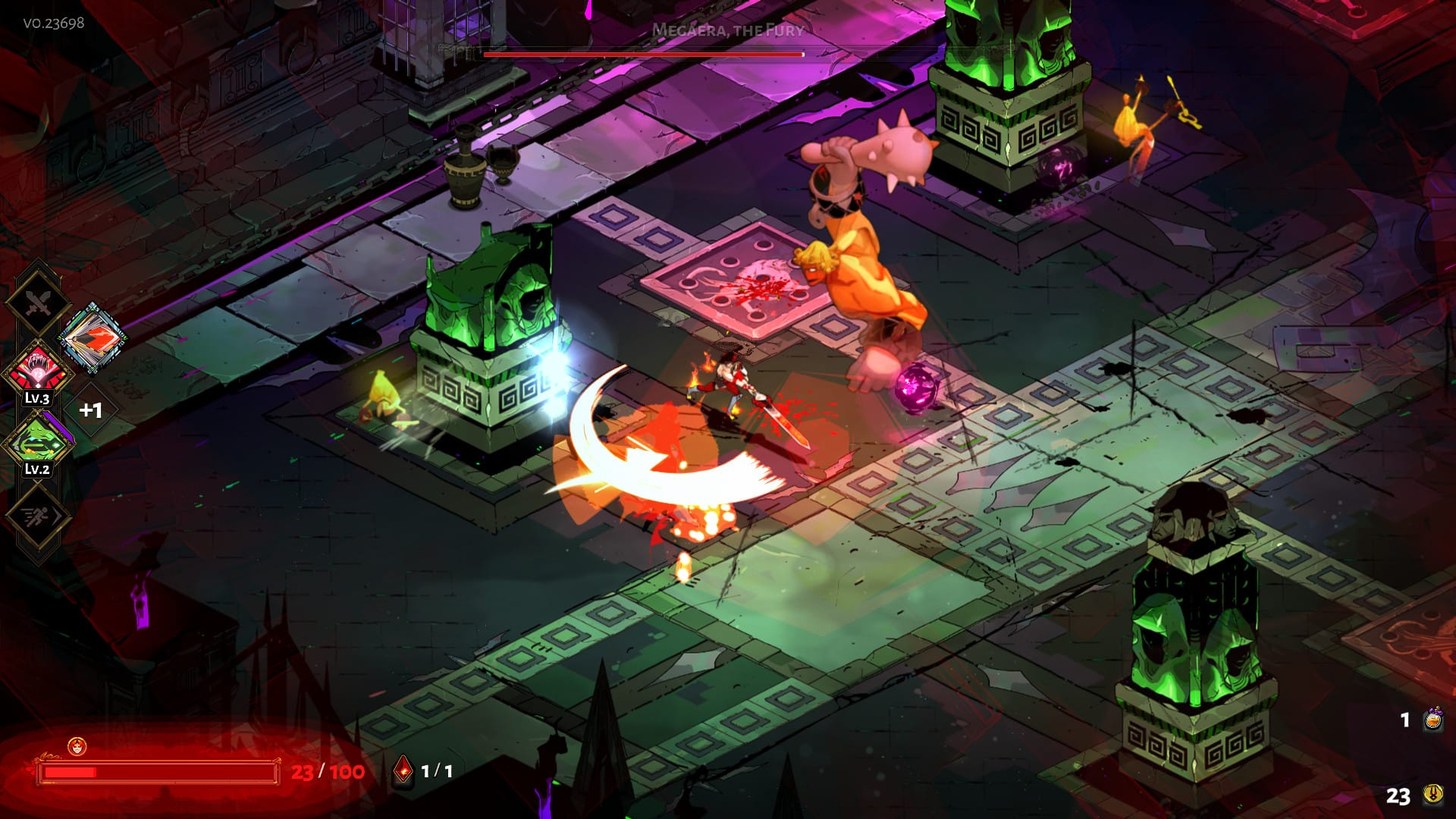Best iOS Game Development Software: What to Choose to Get It Right
Choosing the right software for development is like hiring a chef for a Michelin-star restaurant. You can go with the first option you find, or you can select the best of the best. Otherwise, you might end up restarting the entire project because “the engine couldn’t handle the physics” or “the UI crashes during builds.” Let’s look at the tools that are worth your attention and what to consider when choosing a platform for ios game development services.

Why Picking the Right Engine Is a Strategic Move
Game development isn’t a weekend hobby. It’s a business with real metrics like installs, retention, and monetization. And your development software affects everything from performance to user experience.
Some engines give you more control. Others speed up the process. Each comes with its own features, limitations, and hidden pitfalls. But don’t worry. You don’t need to be a developer to make a smart decision. You just need to ask the right questions.
What to Look for When Choosing iOS Game Development Software
Before diving into a list of names, it helps to understand what actually matters. Because the “most popular” engine isn’t always the best fit for your needs. Focus on these core criteria:
Compatibility with iOS SDK and Xcode
If it doesn’t play nice with Apple’s ecosystem, drop it immediately.
Performance
Your game should run smoothly, even on older iPhones.
Support for Both 2D and 3D Graphics
Even if you’re building a puzzle game now, your next project might go in a different direction.
Documentation and Community
When you hit a wall, you need answers — fast, reliable, and accessible.
Integration with Analytics, Monetization, and Bug Tracking
The App Store favors polished, mature products.

The Best iOS Game Development Tools
We could make a list with dozens of platforms, but let’s keep it real — here are the ones that actually get the job done. These tools are proven, powerful, and scalable.
1. Unity
The king of mobile game development. Supports 2D, 3D, AR, VR — you name it. Huge community, tons of plugins, and consistent updates. Unity powers hits like Monument Valley and Crossy Road. It’s especially great for cross-platform development: iOS, Android, Switch — no problem.
2. Unreal Engine
Created by Epic Games, this one’s a powerhouse. Best suited for 3D games and AAA-quality visuals. Unreal gives you beautiful graphics and realistic physics straight out of the box. Used in games like Infinity Blade — an iOS hit.
3. Godot
An open-source engine that’s gaining momentum. Perfect for indie devs and 2D projects. Easy to learn, lightweight, and flexible. It’s still catching up to Unity in terms of tools and integrations, but it’s a solid option.
4. Cocos2d-x
A long-time player in the game dev space. Especially good for 2D games where performance and lightweight builds matter. The tradeoff? More hands-on coding and setup.
5. Buildboxю No-code Development
Just drag and drop your levels, set up logic, and publish. Great for quick prototypes and simple arcade games. Not for every project, but a lifesaver in the right hands.
Now that you’ve got a shortlist, take a deep breath. The tools are there. The next step is choosing who will actually use them, and how to avoid missteps with the team.

When You Shouldn’t Go It Alone
iOS development is tricky. Apple demands stability, performance, and strict compliance with App Store guidelines. If your team doesn’t have real game dev experience, things can go south fast — rejected builds, broken in-app purchases, or worst of all, bad user reviews.
That’s where iOS game development services come in. Handing the project off to professionals isn’t a sign of weakness. It’s a smart business move. Especially when your partner understands the platform, knows how to design for touch (not mouse), and can optimize for everything from iPhone 13 to the aging iPad Mini.
Stepico: Where Smart iOS Games Come to Life
Stepico understands that iOS isn’t “just another platform.” It’s a world of its own, with its own rules, audience, and expectations. Developing for iPhone and iPad requires more than technical skill — it demands a deep understanding of gameplay psychology and user experience.
Here’s what makes Stepico stand out:
- A well-coordinated team with experience in Unity, Unreal, Cocos, and in-house tools
- A clear development process from concept to App Store release
- A focus on game design and UX, not just “making it work”
- Monetization and analytics expertise to help your game perform, not just run
They’re not just another vendor. They’re a full-scale partner who guides you from concept to your first thousand downloads — and beyond.

Final Thoughts
Developing a mobile game isn’t a hobby. It’s a business decision. And choosing the right software is like choosing a route through the mountains. You could take a random path and end up buried in bugs — or plan ahead, pack the right tools, and go with a guide who’s already reached the summit. Choose your tools wisely. Choose your team by experience. Then the App Store won’t feel like a wild jungle, but a mapped-out road to growth.









